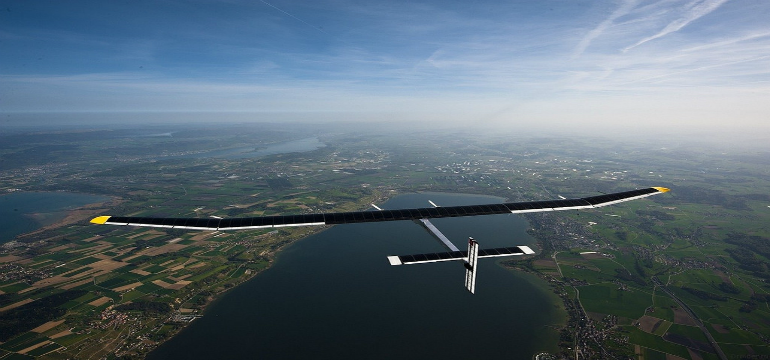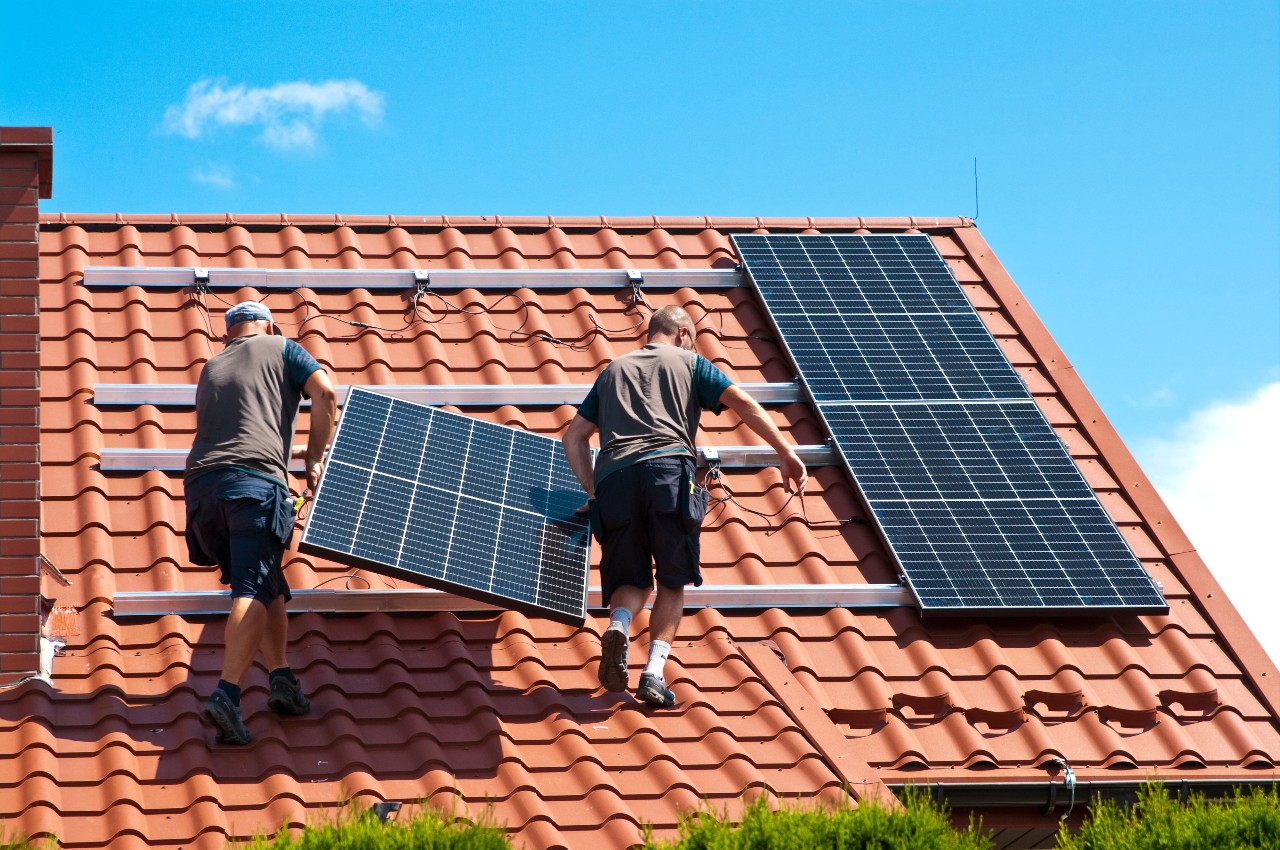Green Planes: A New Way of Traveling?
The Solar Impulse Experience
The Beginning of a Great Story
If you haven’t heard about it yet, it is time now to catch up with the latest trends. But what is this project? The Solar Impulse is a Swiss experimental project which has as a main goal to succeed in doing a round the world trip thanks to a solar plane.
This idea started to emerge at the EPFL, a well known engineer university in Lausanne, Switzerland. After a feasibility study in 2003, André Borschberg and Bertrand Piccard decided to start building their first prototype named Solar Impulse I. In 2013, the two Swiss pilots and leaders of this project decided to cross the United States with Solar Impulse 1. The same year, the second prototype, Solar Impulse 2, was ready to take off.
Finally, in 2015, the two pilots realised the initial goal of the project by starting their round the world trip with the Solar Impulse 2. This mission, that should officially last 5 months and is composed of 12 stages, had some delay due to bad weather conditions. Indeed, the aircraft needs a perfect sunny day with low wind in order to benefit from an optimal take off.
At the moment, Solar Impulse 2, that started in Abu Dhabi, United Arab Emirates, and is currently stationing in Nagoya, Japan, is waiting for a good weather forecast to continue its journey to Hawaii, United States.
Characteristics of The Project
Throughout its current mission, the Solar Impulse demonstrated ground-breaking records. Its speed goes from 50 km/h to 100km/h on average, the pilots preferring to fly at the lowest speed to save power during the night. However, its maximum speed was recorded to be 140km/h, which is a promising result for future projects.
The particularity of this aircraft, as you may know, is of course the solar panels that cover all the surface of its wings, fuselage and tailplane. In total, Solar Impulse 2 possesses 17,248 photovoltaic cells for a total surface of 269.5m² and a power output of up to 66kW.
Nonetheless, this plane can only support one passenger, who is actually the pilot. There is only a manual mode and during its cruise, the pilot has therefore to stay awake. Indeed, the plane cannot turn more than 5° otherwise it would receive serious damages due to its long shape and the weight of the solar panels, hence the pilot has to stay vigilant when operating the aircraft for a turn.
And Now?
For the moment, Solar Impulse is a project, dreamt by two Swiss entrepreneurs/ pilots. But what about the future? For sure, the actual aircraft is a prototype, but its excellent results show that a commercialization of solar planes for civil use could be possible. However, we need here to nuance our saying, as the technology is not yet ready for it. The project will require a lot of research and technological improvements before being ready for public use. Maybe a solar aircraft for 2050? Let’s dream about it! But for now on, what is on the agenda of major aircraft manufacturers such as Airbus could be the continuation of this green plane movement that Solar Impulse started.
About one year ago, Airbus demonstrated for one of the first time its Electric airplane E-Fan in action. This new plane has a capacity of two persons in its cockpit and does not produce any noise nor carbon emissions while in operation. In fact, this plane operates thanks to an electrical motor but has a flight capacity of only one hour.
Even if those attempts are far from a civil use, it is still a great step towards green transportation and the reduction of greenhouse gas emissions, that are mainly due to emissions of carbon dioxide. Let’s see what those companies will bring on the table in the near future.



















